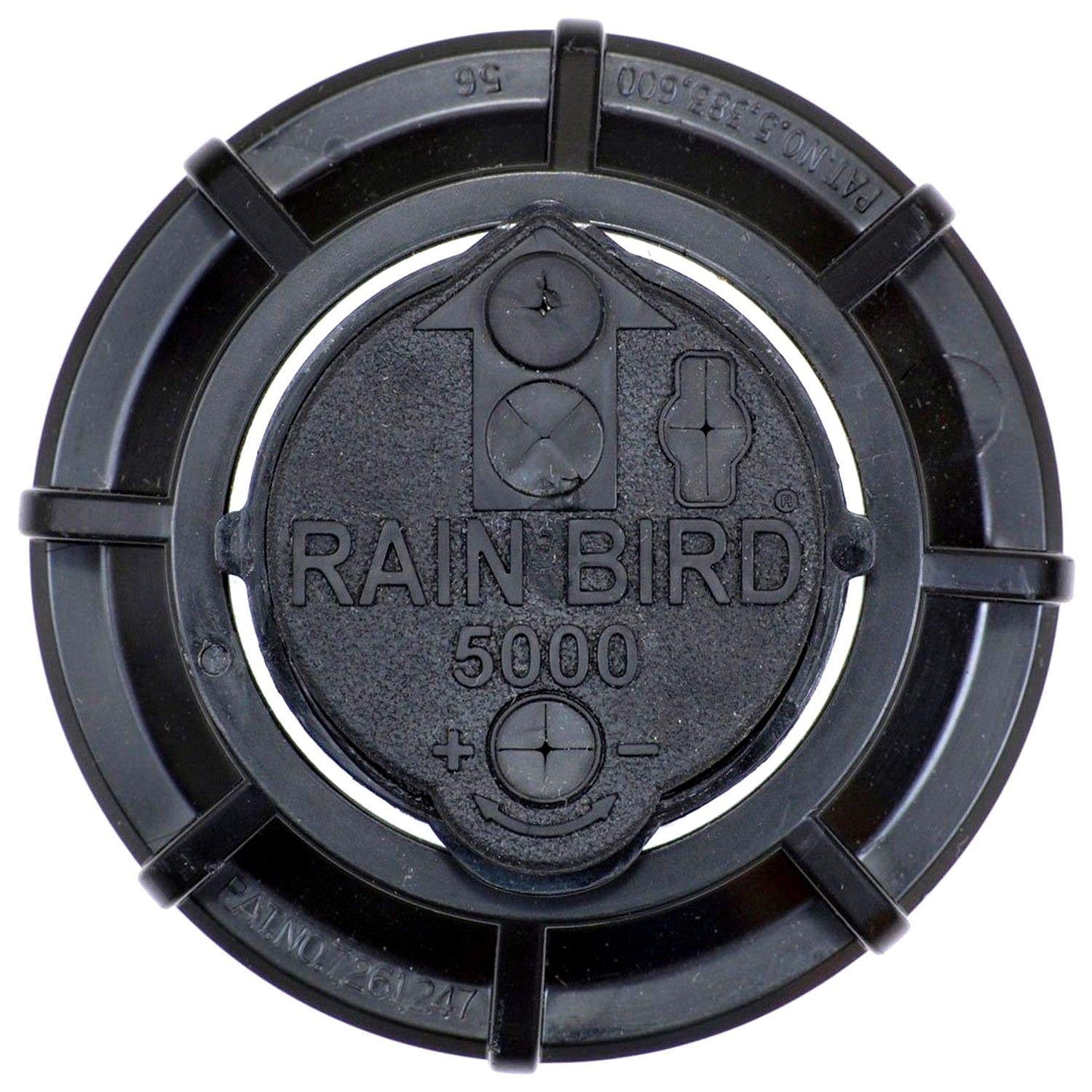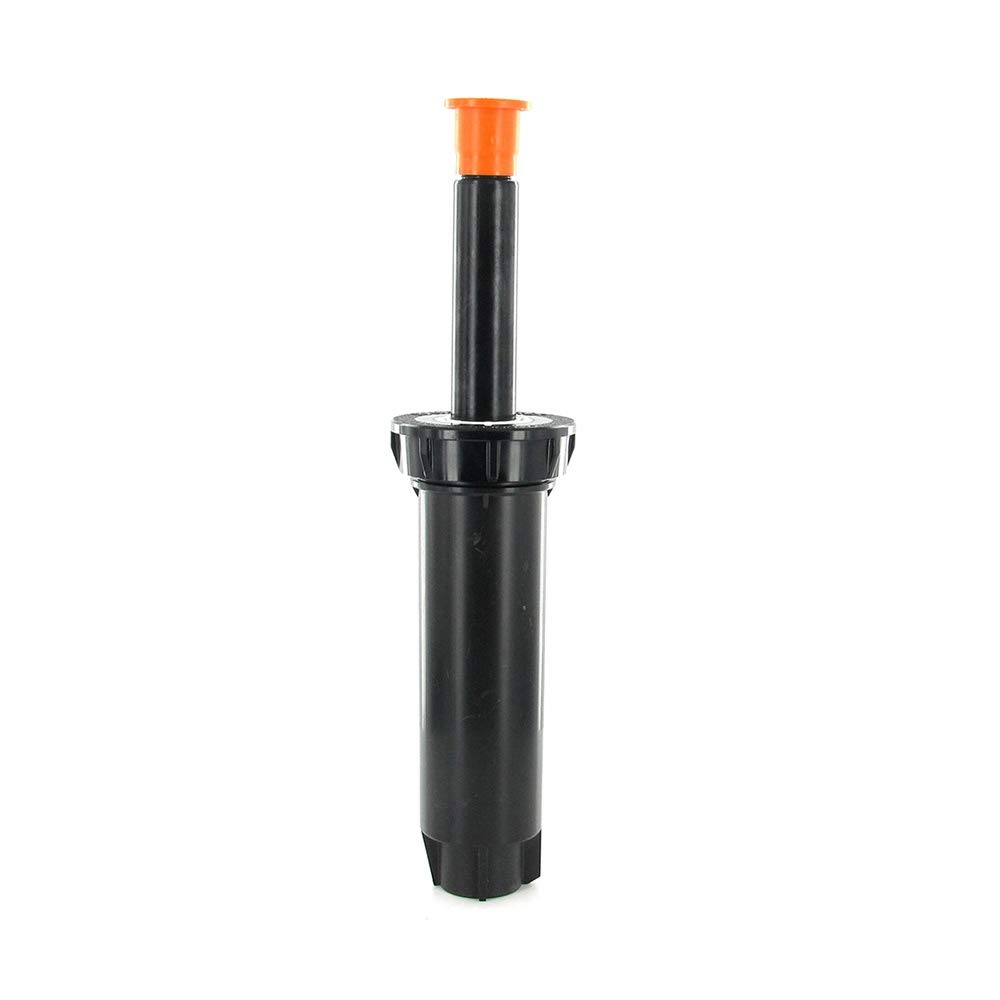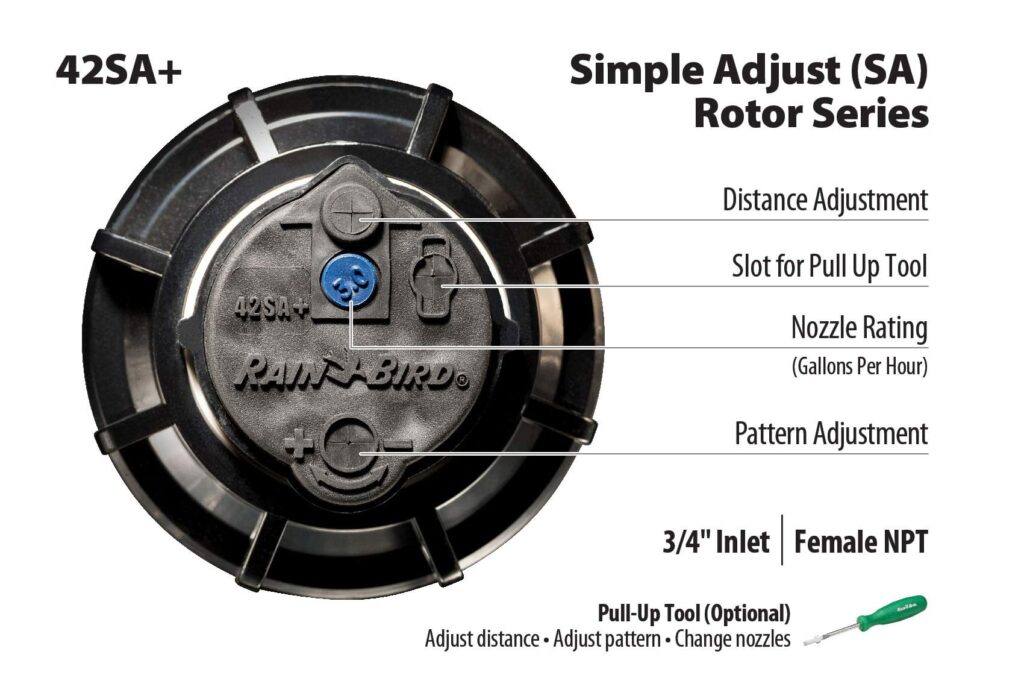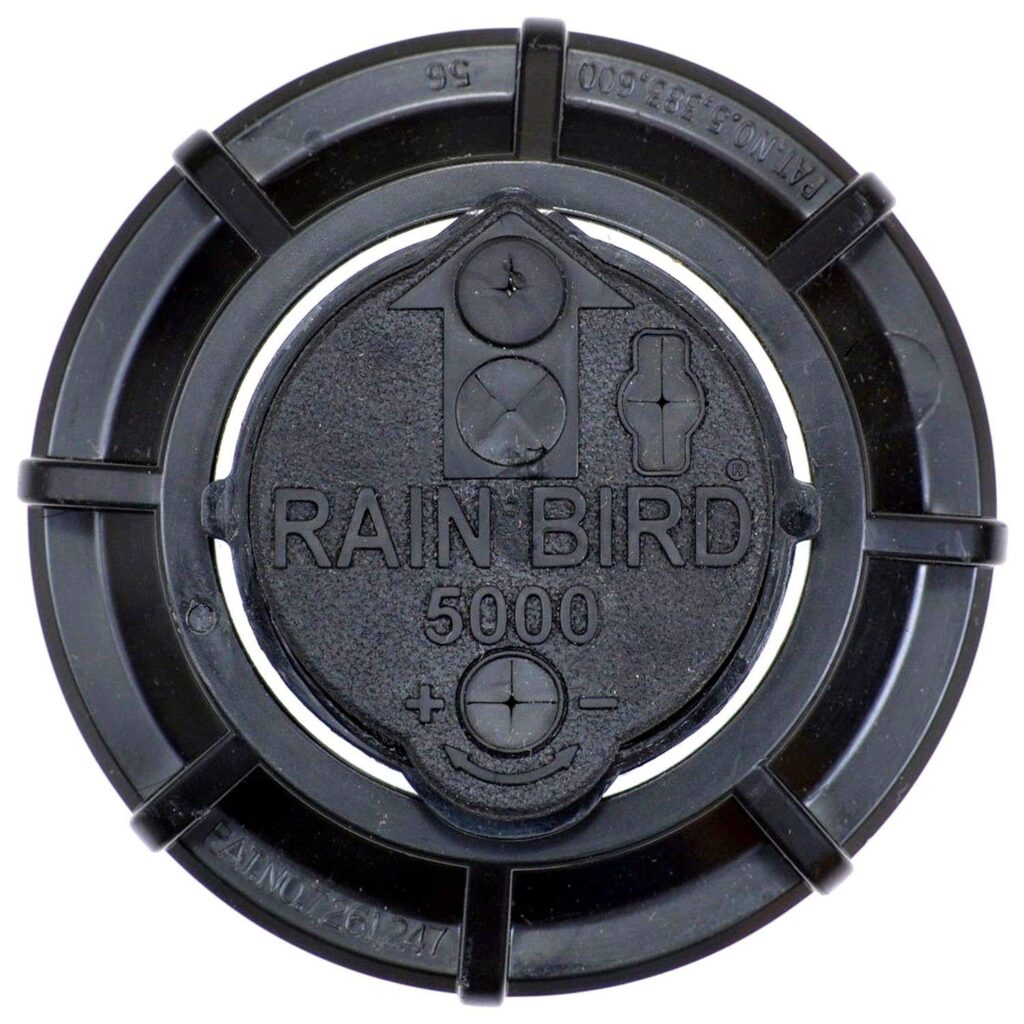When it comes to ensuring your lawn or garden receives the optimal amount of water, choosing the right sprinkler system is crucial. Among the myriad of options available, Rain Bird is a trusted name known for its reliable and efficient irrigation solutions. Two popular products from their lineup are the Rain Bird 5000 and the Rain Bird 1800 series. Both are designed to meet different irrigation needs, offering unique features and specifications that cater to a variety of landscapes. In this article, we will delve into a detailed comparison of these two models, examining their features, specifications, and performance to help you make an informed decision.
Detailed Comparison Table
| Feature | Rain Bird 5000 | Rain Bird 1800 |
|---|---|---|
| Image |  |
 |
| Type | Rotary Sprinkler | Fixed Spray Sprinkler |
| Coverage Radius | 25 to 50 feet | 8 to 15 feet |
| Flow Rate | 0.73 to 4.6 GPM | 0.2 to 3.7 GPM |
| Adjustability | Full and part-circle adjustable | Fixed arc |
| Pressure Range | 25 to 65 PSI | 15 to 70 PSI |
Informative Explanation of Features and Specifications of Both Products
Rain Bird 5000
The Rain Bird 5000 is a rotary sprinkler, designed for medium to large residential and light commercial applications. Its standout feature is its extensive coverage radius, ranging from 25 to 50 feet, which makes it ideal for larger areas. The 5000 series offers a flow rate of 0.73 to 4.6 gallons per minute (GPM), providing efficient water delivery tailored to your landscapes needs. Known for its durability, the 5000 series is made from high-grade materials that withstand various weather conditions. Additionally, the sprinkler head is fully adjustable, allowing for both full and part-circle configurations. This adjustability ensures precise watering and prevents water wastage.
Rain Bird 1800
The Rain Bird 1800 series is a fixed spray sprinkler, particularly suited for smaller gardens or specific landscaping features. Its coverage radius is between 8 to 15 feet, making it ideal for compact areas that require precise watering. With a flow rate ranging from 0.2 to 3.7 GPM, it efficiently manages water use to suit smaller spaces. The 1800 series is known for its reliability and ease of use, featuring a fixed arc that eliminates the need for constant adjustments. It operates effectively in a pressure range of 15 to 70 PSI, ensuring consistent performance across various water pressure conditions.
Differences Between Products
The primary difference between the Rain Bird 5000 and the Rain Bird 1800 lies in their design and intended use. The 5000 series is a rotary sprinkler, which means it rotates to cover a larger area, making it suitable for medium to large lawns. In contrast, the 1800 series is a fixed spray sprinkler, designed for smaller, more defined spaces. This fundamental difference dictates their respective coverage radii: the 5000 series spans 25 to 50 feet, significantly more than the 1800 series 8 to 15 feet.
Another notable difference is their adjustability. The Rain Bird 5000 offers both full and part-circle adjustability, providing flexibility in watering patterns. Conversely, the Rain Bird 1800 has a fixed arc, which, while less versatile, simplifies operation for users who prefer a set-and-forget approach. Additionally, the flow rates differ, with the 5000 series supporting a higher range, suitable for larger areas, whereas the 1800 series is more conservative, aligning with its focus on smaller spaces.
Pros and Cons Section
Rain Bird 5000

- Pros:
- Extensive coverage radius for large areas.
- Adjustable spray patterns for customizable watering.
- Durable construction ensures longevity.
- Efficient water use with adjustable flow rates.
- Cons:
- More complex installation compared to fixed systems.
- Higher initial cost.
Rain Bird 1800

- Pros:
- Ideal for small, precise areas.
- Simple and straightforward installation.
- Cost-effective solution for small gardens.
- Reliable and consistent performance.
- Cons:
- Limited coverage area.
- Fixed arc may not suit all landscape designs.
Performance Evaluation and User Experience
When evaluating the performance of the Rain Bird 5000, users often appreciate its ability to cover large areas efficiently, reducing the number of sprinkler heads needed. The adjustable spray pattern is a particular highlight, allowing users to tailor their irrigation setup to specific garden layouts. Its robust construction has been praised for durability, even under demanding weather conditions. However, some users note that its installation can be more involved, requiring careful planning to optimize coverage and water use.
On the other hand, the Rain Bird 1800 is lauded for its simplicity and reliability in small spaces. Users appreciate the ease of installation and the consistent performance for targeted areas such as flower beds or vegetable patches. Its fixed arc design is seen as a benefit for those who prefer minimal maintenance and adjustment. However, its limited coverage area can be a drawback for those looking to irrigate larger lawns, necessitating multiple units or a supplemental system.
Final Recommendation and Conclusion
Choosing between the Rain Bird 5000 and the Rain Bird 1800 ultimately depends on your specific irrigation needs. If you have a large lawn or commercial space requiring broad coverage and customizable watering patterns, the Rain Bird 5000 is the superior choice. Its durability and efficiency make it a worthwhile investment for expansive areas. Conversely, if you are working with a smaller garden or need precise watering for specific sections, the Rain Bird 1800 is an excellent, cost-effective option. It delivers reliable performance with minimal fuss, ideal for straightforward landscaping needs.
In conclusion, both Rain Bird models excel in their respective categories, offering quality and reliability. Consider your landscapes size, complexity, and your personal preferences to determine which model best suits your needs. Whatever your choice, Rain Birds reputation for excellence ensures you receive a top-tier irrigation solution.


